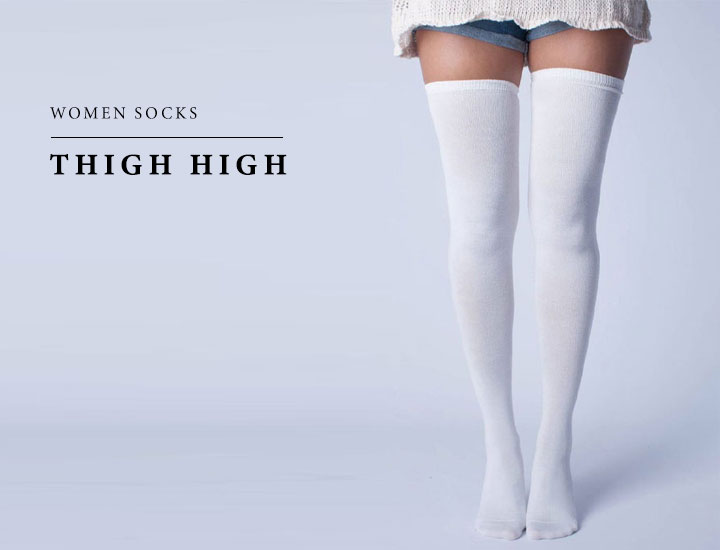Shop Now Faybis socks designed from non-irritating, moisture-wicking materials such as bamboo, & specialized synthetic fibers.
Clinically Proven By Top Endocrinologists & Hematologists



Premium slipper socks
Cozy Slipper Socks. Soft, warm, and breathable for indoor comfort.
Basics Made Better
We obsessively optimized our socks, so you get the best fit and feel every day.
Buy One Plant One
For every order placed, we plant a tree, nurturing the earth that inspires our premium products. It’s our way of ensuring that every step you take leaves a positive impact on the environment.

Our Best Sellers
 Black
Black Dark Gray
Dark Gray Gray
Gray Pink
Pink Red
Red Black
Black Coffee
Coffee Dark Gray
Dark Gray Light gray
Light gray Navy Blue
Navy Blue
Thigh High socks Fashion
Faybis winter socks & winter wear redefine comfort with a blend of premium wool and meticulously chosen materials. From cozy crew socks to chic thigh high socks, and from stylish dress socks to snug fuzzy pairs, our collection caters to every preference & occasions. Whether you’re seeking warmth, support, or a touch of flair, our diverse range of socks & warm wears offers something for everyone.








































